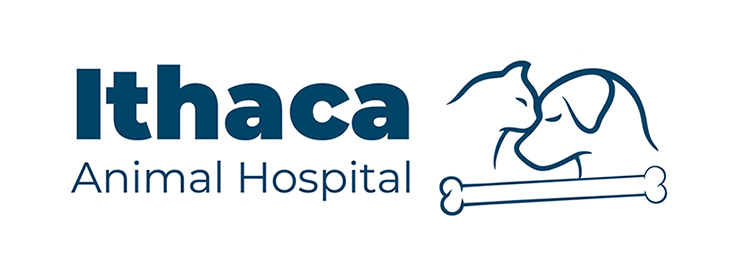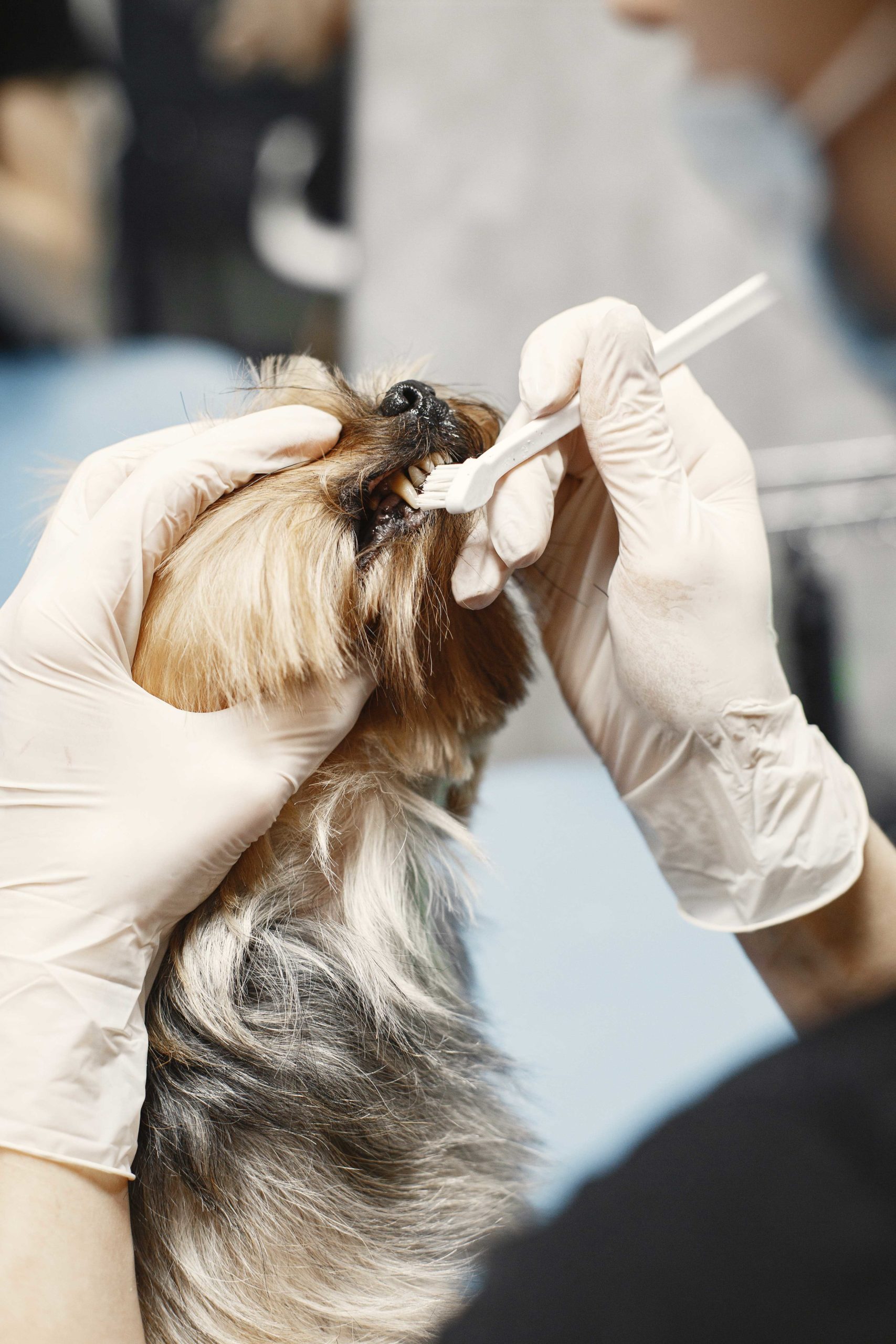Dentistry
Our skilled team of veterinary professionals is adept at providing preventative dental care procedures that keep teeth and gums clean and healthy while reducing plaque and tartar buildup.
Pet Dentistry
Our dental technicians will polish the teeth and apply a fluoride treatment to strengthen the enamel and reduce sensitivity.
Dental Radiographs
Dental X-rays in dogs and cats are taken in the same way that they are in humans. To see the inside of your dog or cat’s teeth and the areas below the gumline that are hidden from view, an X-ray machine that uses small amounts of radiation is used.
Full Service Cleaning
Dental disease can be avoided if you are concerned about your pet’s oral health. Every pet’s mouth is unique, just like ours. Dental checks and cleanings are required on an annual and semi-annual basis (in older pets) to maintain good oral health.
Surgical Extractions
A thorough oral examination, full-mouth X-rays, periodontal charting, ultrasonic scaling and polishing, and, if necessary, surgical extractions of diseased teeth are all part of your pet’s dental procedure or COHAT.
Veterinary Services
Below are all of the veterinary services we offer at Ithaca Animal Hospital. If you have any questions regarding our services, please feel free to call us.

